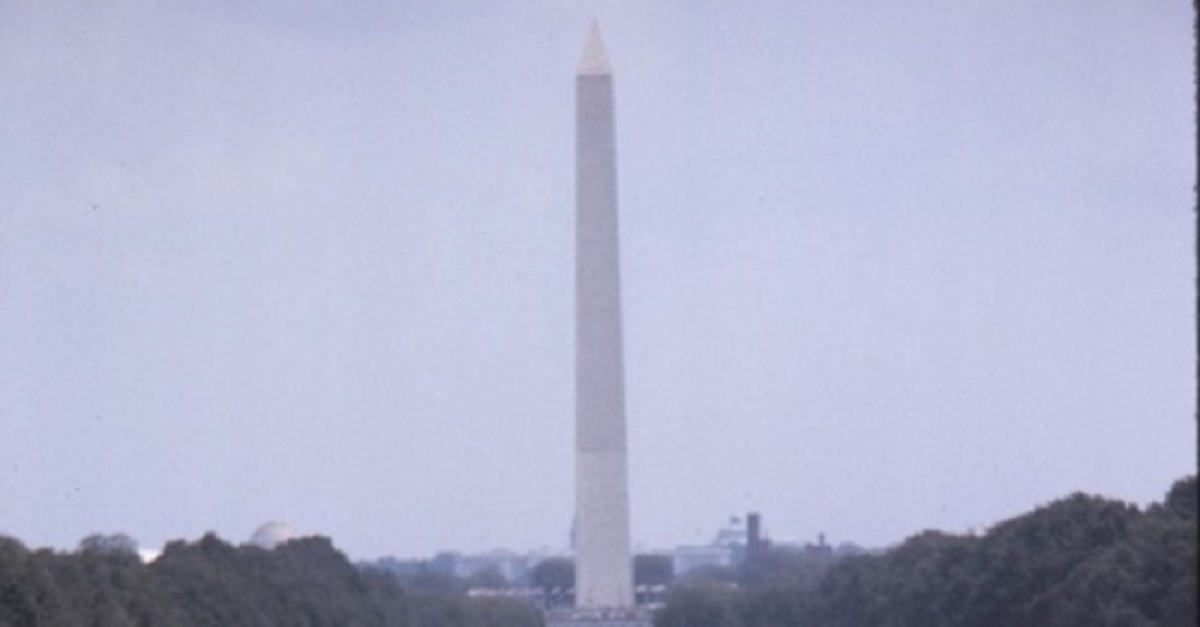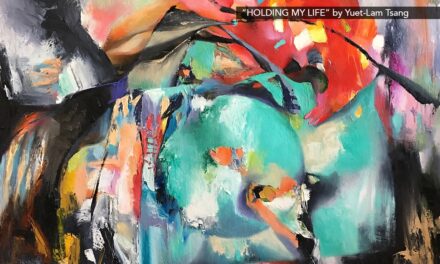
The Smithsonian’s National Museum of African American History and Culture (NMAAHC) invites visitors to commemorate the 60th anniversary of the March on Washington by experiencing Luther King Jr.’s “I Have a Dream Speech” on view for a limited time, Aug. 7–Sept. 18, in the “Defending Freedom, Defining Freedom” gallery. The museum also offers three compelling exhibitions: “Defending Freedom, Defining Freedom: The Era of Segregation 1876–1968,” “Making a Way Out of No Way” and “A Changing America” that shares the story about the March on Washington. More information about the March on Washington is available on the museum’s website.
“At the National Museum of African American History and Culture, sited at the foot of the Washington Monument, the meaning and purpose of the March on Washington for Jobs and Freedom persist today,” said Kevin Young, the Andrew W. Mellon Director of the Smithsonian’s National Museum of African American History and Culture. “The words of all its speakers resonate six decades later, and we serve as witnesses to the bravery and dedication of its organizers. To be able to show visitors the copy of the ‘I Have a Dream’ speech King read and improvised from while at the podium is an honor and privilege.”
On Aug. 28, 1963, a crowd of a quarter-million people came together on the National Mall with a shared purpose of striving for social justice, the end of segregation, fair wages, economic opportunities and the rights of full citizenship. Many historians credit the march for pressuring the Kennedy administration to act on civil rights, eventually leading to the passage of the Civil Rights Act in 1964 and the Voting Rights Act of 1965. The momentous day concluded with King delivering his iconic “I Have a Dream” speech at the Lincoln Memorial.
The March on Washington took place exactly 100 years after President Abraham Lincoln signed the Emancipation Proclamation, which proclaimed the freedom of enslaved people in rebellious states. But full freedom had not been achieved a century later. The murder of 14-year-old Emmett Till while visiting relatives in Mississippi Aug. 28, 1955, and his killers’ acquittal served as reminders of second-class citizenship. Till’s death served as a catalyst, igniting the Civil Rights Movement and its fight for racial equality.
Officially known as the March on Washington for Jobs and Freedom, this demonstration was made possible through the collaborative efforts of civil rights leaders such as Roy Wilkins, Whitney Young, John Lewis, A. Philip Randolph, and King, among others. Organizations including the Student Nonviolent Coordinating Committee, Congress of Racial Equality, Brotherhood of Sleeping Car Porters and National Association for the Advancement of Colored People (NAACP) joined forces to address critical political, social and economic issues African Americans experienced at that time, including racial violence, segregated housing and schools, labor exploitation, and unemployment.
Women played a vital role in organizing the march despite being mostly excluded from the official program. They did not accept their exclusion quietly, however. Individuals like Anna Arnold Hedgeman of the National Council of Churches strategized with others and convinced Wilkins to include a female speaker. Only one woman spoke: Daisy Bates, NAACP chapter president and an advisor to the Little Rock Nine. Activist and entertainer Lena Horne yelled a single word into the microphone: “Freedom!”
The March on Washington remains a significant event in American history and resonates with people regardless of their race, nationality, religion and political affiliation. While the march demanded equal rights and human dignity, it is important to acknowledge that some issues of inequality still persist for women and people of color today.
About the National Museum of African American History and Culture
Since opening Sept. 24, 2016, the National Museum of African American History and Culture has welcomed more than 9 million visitors. Occupying a prominent location next to the Washington Monument on the National Mall in Washington, D.C., the nearly 400,000-square-foot museum is the nation’s largest and most comprehensive cultural destination devoted exclusively to exploring, documenting, and showcasing the African American story and its impact on American and world history. For more information about the museum, visit nmaahc.si.edu, follow @NMAAHC on Twitter, Facebook and Instagram or call Smithsonian information at (202) 633-1000.
# # #
SI-240-2023




